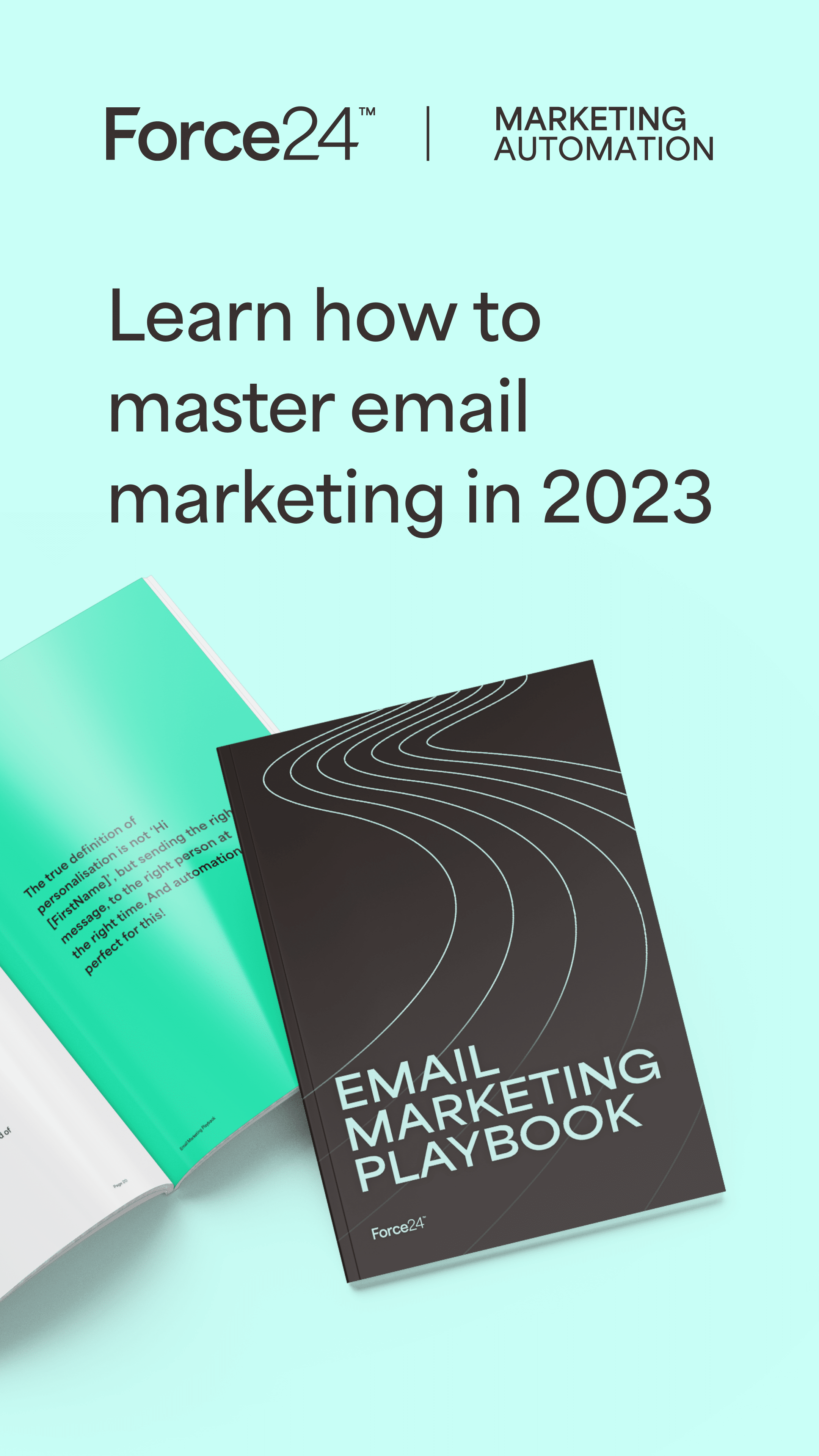Our guest post is from Ethan Wadsworth, Guest writer from The Boring Marketing Club
The Boring Marketing Club is a newsletter that provides marketing managers with tools, tactics and AI prompts to save them time and energy in less than 5 minutes, every week. Ethan was a guest on our podcast at marketingSHOWCASE.
“Let’s Go
If there’s one thing we can all agree on, it’s that the phrase “New Year, New Me” can jog on. But what shouldn’t jog on is our approach to planning. Specifically, your marketing objectives for 2025.
I know, setting goals feels about as fun as sitting through a tax audit. But done right, SMART goals are the difference between “winging it” and actually hitting the mark. Let’s break this down into simple steps—because we’re all busy and you’re probably hung over.
Take 5 minutes to read the below, and then use my AI prompt to supercharge your SMART goals for 2025.
Step 1: Understand Business Goals (a.k.a. What the Boss Wants)
Start by stealing 30 minutes of your leadership team’s time. Find out what their big dreams are for 2025:
- Is it revenue growth?
- Global domination (market share)?
- Or just trying not to lose the plot?
Now connect the dots: What role does marketing play in making these dreams come true? Spoiler: it’s usually more than they think.
Step 2: Translate Big Goals into Marketing Priorities
This is where you turn vague aspirations into action points. For example:
- If they want more customers, you’re looking at lead generation.
- If they’re obsessed with their public image, it’s time to up your brand awareness game.
- If they’re worried about customer churn, hello retention strategies.
Step 3: Do a Marketing Audit (Don’t Worry, It’s Not as Boring as It Sounds)
Time to Sherlock Holmes your 2024 performance:
- What worked?
- What flopped harder than your New Year’s resolution last January?
- Any glaring gaps in your strategy?
Do a quick SWOT analysis (Strengths, Weaknesses, Opportunities, Threats). Yes, it’s old-school, but it’s also useful.
Step 4: Write SMART Objectives That Don’t Make Your Team Cry
Here’s the formula:
- Specific: Clear as day. No “we want to be better,” thank you.
- Measurable: If you can’t measure it, it doesn’t count.
- Achievable: Stretch, but don’t snap.
- Relevant: Tied to the business goals.
- Time-bound: Deadlines. You need them.
Step 5: Ownership—Who’s Doing What?
Every objective needs a champion. Pick someone to lead the charge for each goal, or it’ll be no one’s responsibility. (Translation: It won’t happen.)
Step 6: Monitor, Review, Repeat
Set up regular check-ins—monthly, quarterly, or whenever you remember. Progress is like a plant: If you don’t water it, it withers.
Some SMART Goals to Steal (or Adapt)
- Lead Generation
“Increase qualified leads from 1,000 to 1,200 per month by Q2 2025 via targeted paid ads and SEO tweaks.” - Brand Awareness
“Boost social media mentions by 15% and web traffic by 10% through influencer campaigns by July 2025.” - Customer Retention
“Improve customer retention from 70% to 80% by launching a loyalty program by December 2025.” - Social Media Engagement
“Grow Instagram followers from 10k to 15k and boost engagement from 5% to 7% with interactive content by December 2025.”
A Few Tools to Keep You Sane:
- Analytics: Google Analytics, HubSpot, Tableau.
- Project Management: Asana, Trello, Monday.com.
- Marketing Automation: Mailchimp, Marketo, ActiveCampaign.
Now, before you vanish back into the wilderness, take 15 minutes to map out your first draft. Just one SMART goal. It doesn’t have to be perfect—it just has to start. If you need to help there is an AI prompt below which can save you hours.
AI Prompt
Just copy and paste the below prompt and fill in the sections in italics:
“As a Marketing Manager, my goal is to set clear, actionable, and impactful SMART objectives for 2025. Here’s what I need from you:
- Business Context:
- The overarching business goals for 2025 are [insert business goals: e.g., revenue growth, market share expansion, customer retention, etc.].
- Marketing’s role in achieving these goals includes [insert your marketing priorities: lead generation, brand awareness, customer engagement, etc.].
- Marketing Audit Recap:
- In 2024, our key strengths were [insert strengths].
- Weaknesses included [insert weaknesses].
- Opportunities for 2025 are [insert opportunities].
- Threats that we need to address are [insert threats].
- SMART Objectives Creation:
Using the context above, generate 5-7 SMART goals for our 2025 marketing plan. Each goal should be:- Specific: Clearly define what we’re achieving.
- Measurable: Include key metrics for success.
- Achievable: Align with our resources and timeline.
- Relevant: Tie back to our business priorities.
- Time-bound: Include a deadline for completion.
- Examples of Focus Areas for SMART Goals:
- Lead Generation: How can we bring in more qualified leads?
- Brand Awareness: How do we expand our presence and reputation?
- Customer Retention: What strategies improve customer loyalty?
- Social Media Engagement: How can we increase our online interactions and following?
- Accountability and Monitoring:
- Assign ownership to a team member or department for each goal.
- Suggest tools or systems for tracking progress (e.g., Asana, Google Analytics).
- Goal Examples for Inspiration:
- “Increase qualified leads by 20% from 1,000 to 1,200 per month by Q2 2025 through targeted paid ads.”
- “Boost Instagram followers from 10k to 15k and engagement from 5% to 7% by December 2025 with interactive campaigns.”
Now, craft these SMART goals for our 2025 marketing plan. Make them strategic, actionable, and aligned with our business goals.”
Subscribe to the Boring Marketing Club newsletter here. www.boringmarketingclub.com

